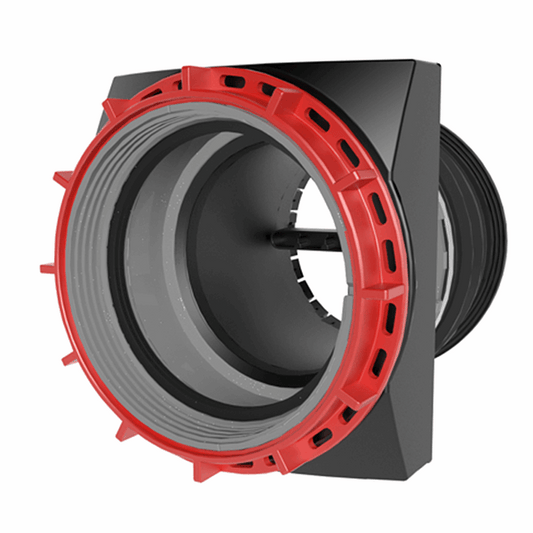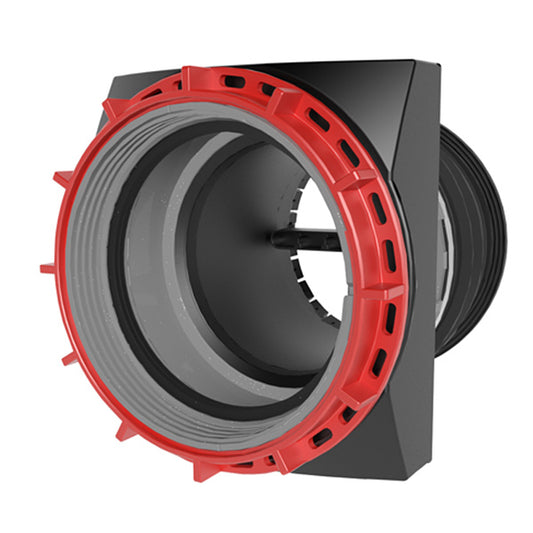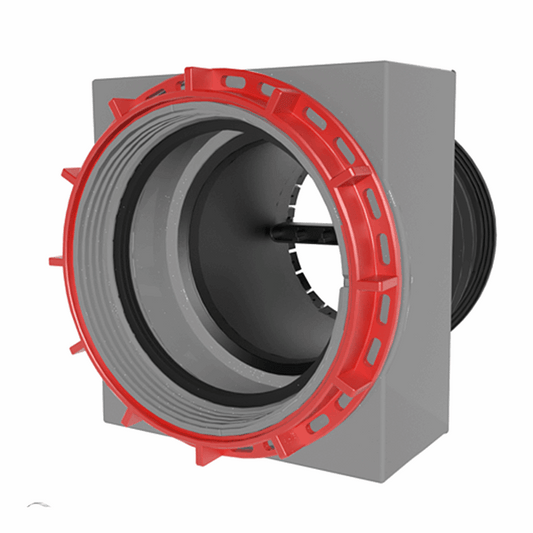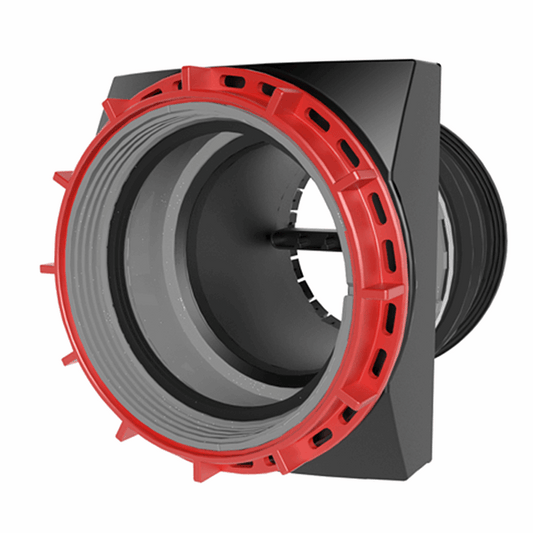When it comes to connecting lateral or branch pipes to main sewer pipelines, there are two common methods used: pipe junctions and saddles. Both methods have their own advantages and different installation processes, making them suitable for many different applications.
Here at Cotterills, we offer a wide range of lateral connections and saddles to fit all sorts of needs. In this blog we will explore the key differences between pipe junctions and saddles, and highlight their benefits, helping you choose the best option for your project.
The Pipe Junction Method
The pipe junction method involves a more detailed excavation and installation process. Here’s how it works:
- Excavation: The existing main pipe has to be dug around its entire external surface area to expose a section of the pipe.
- Pipe Cutting: A section of the main pipe is cut and removed.
- Junction Placement: The pipe junction is lifted into place and connected to both the main pipeline and the lateral pipe.
While this method is reliable and commonly used, it does come with its disadvantages.
- Higher Material Costs: The bigger the pipes, the more expensive the material costs, which can significantly impact project budgets.
- Increased Labor Time and Cost: Since this method involves a lot of digging and pipe handling, it requires more labour, leading to higher costs and longer project timelines.
- Heavy Lifting Equipment: Due to the need to lift and place the pipe junction, it is likely that heavy lifting equipment is required.
- Greater Excavation Requirements: The need to dig around the entire pipe circumference increases the amount of digging needed, which can be more disruptive and time-consuming.
The Saddle Method
The saddle method is a simpler and more efficient way to connect lateral pipes to main pipelines. Here’s how it works:
- Minimal Excavation: Only a small top section of the main pipeline is dug out
- Core Hole Creation: A hole is drilled into the main pipe where the connection is needed.
- Saddle Connection: The saddle is then connected into the cored hole, ensuring an airtight and watertight seal.
This method offers several benefits.
- Lower Material Costs: Especially for bigger pipes, this method can be very cost effective.
- Reduced Labor Time and Cost: It's easier and quicker to install, so it requires less labour and speeds up the project.
- Minimal Excavation: With only a small section to dig up, there's less disruption and mess.
- No Heavy Lifting Equipment: You don't need heavy machinery, as no lifting is required for the installation process, making it safer and easier.
- Improved Health and Safety: Less digging and no heavy lifting means a safer installation overall.
Choosing the Right Method
When it comes to deciding between pipe junctions and saddles, it's important to consider what your project specifically needs. If you're dealing with big pipes and want to minimise costs and labour, the saddle method might be your best bet. However, if you prefer a more traditional and commonly used approach, pipe junction method is a solid choice.
Ultimately, both methods are reliable for connecting lateral pipes to main sewer lines. By understanding the pros and cons of each, you can make a well informed decision that fits your project's needs. Whether you choose the pipe junction or saddle method, the main goal is to ensure a secure, efficient, and long-lasting connection for your sewer system.
Why Choose Cotterills?
At Cotterills, we pride ourselves on providing top quality products and customer services. Our lateral connection and saddle range is always expanding and we make sure to offer the best solution for your specific needs.
For more information or advice, call our team today on 0121 351 3230, or browse our website.
Pump stations (also known as pumping stations) are an integral part of underground drainage systems. They are used to transport wastewater and sewage from one location to another, in residential and industrial applications.
Alternatively, fill out our enquiry form:









